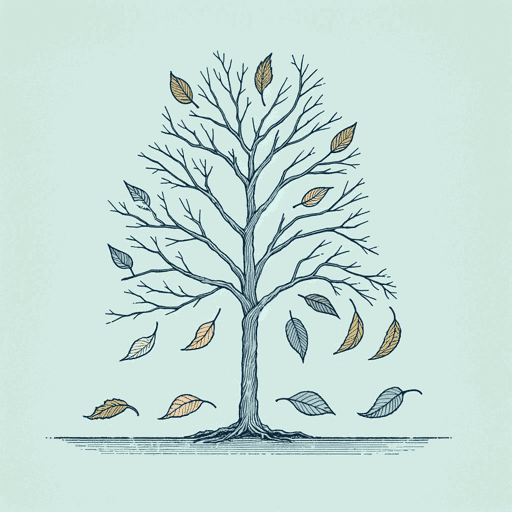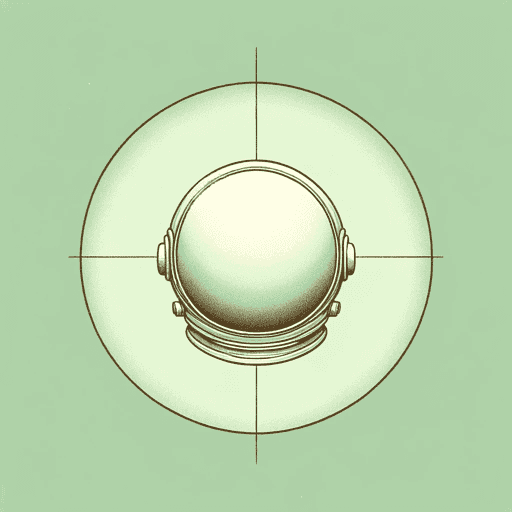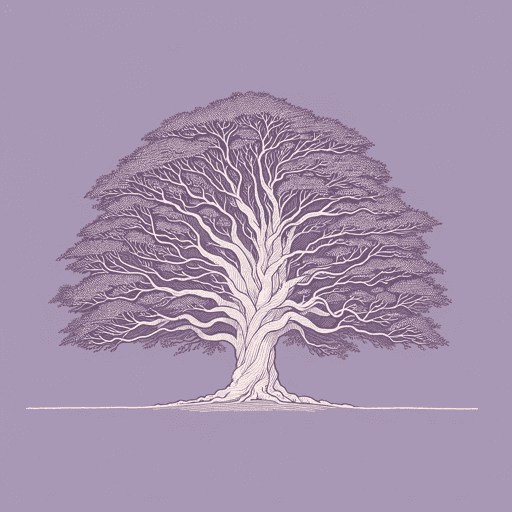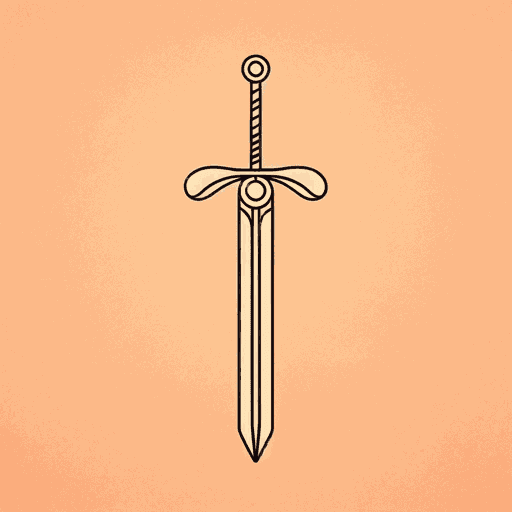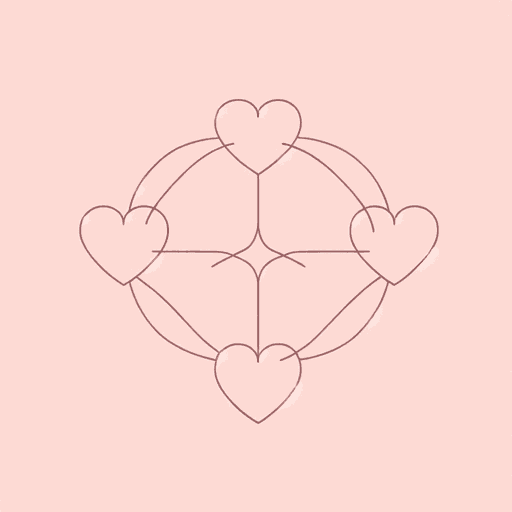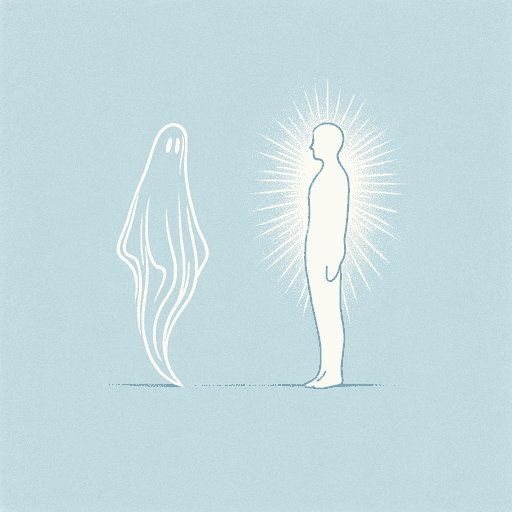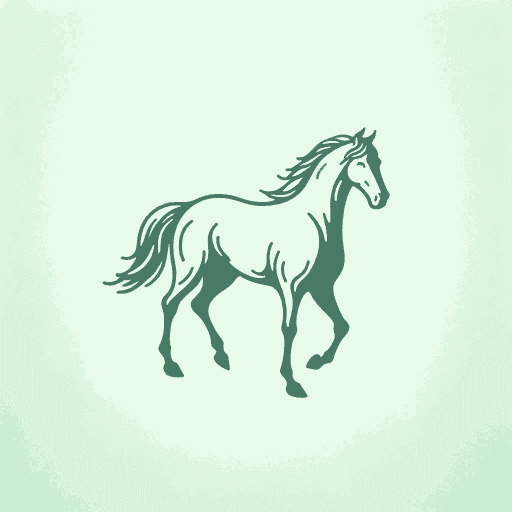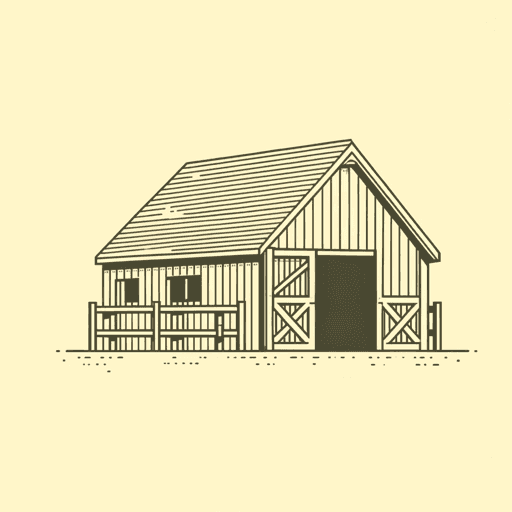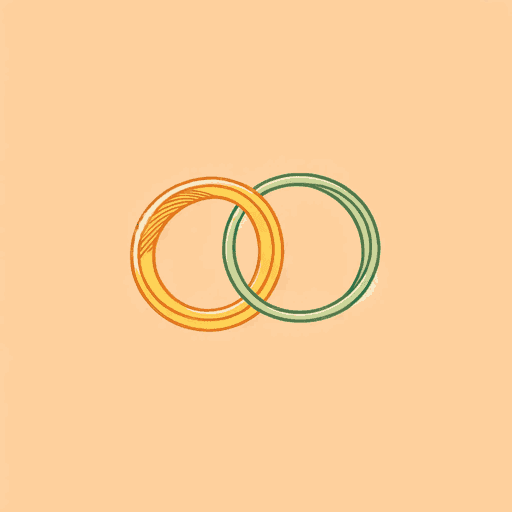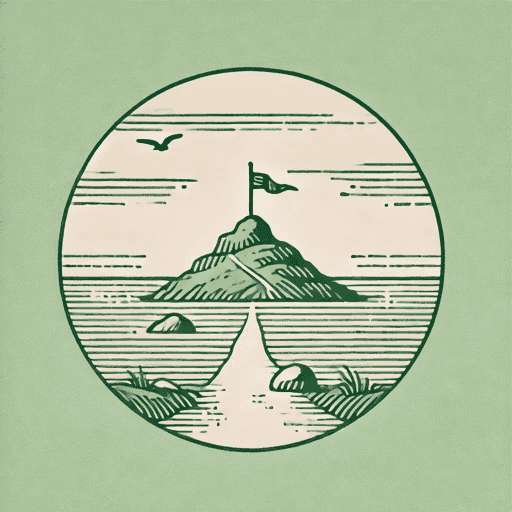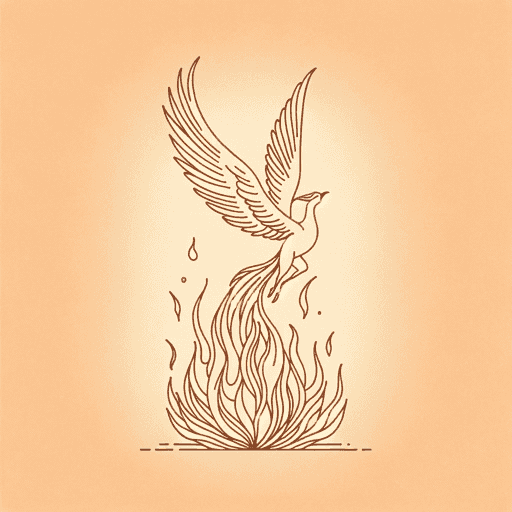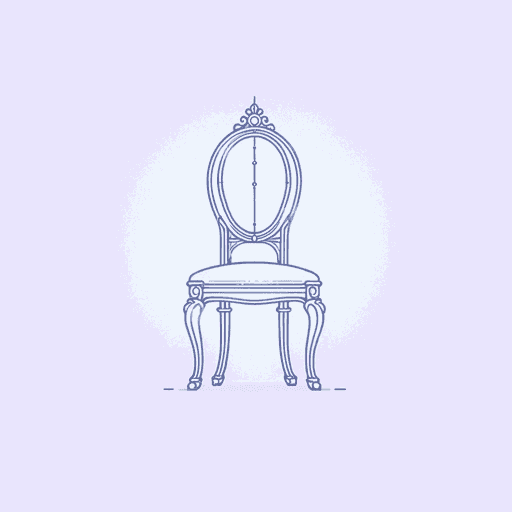52 pages • 1 hour read
The Discarded Image
A modern alternative to SparkNotes and CliffsNotes, SuperSummary offers high-quality Study Guides with detailed chapter summaries and analysis of major themes, characters, and more.
Summary and Study Guide
Overview
Written by C. S. Lewis (1898-1963), The Discarded Image is a 1964 nonfiction book that explores the literary landscape of Europe during the Medieval Era. Lewis, who is best known for his children’s book series The Chronicles of Narnia, was also a literature professor at Oxford and Cambridge, as well as one of the most widely celebrated Christian apologists of his time. Published shortly after his death, The Discarded Image explores how medieval writers and common people conceptualized the universe and examines how that understanding impacted their relationship to literature. It also explores the many ways in which ancient Greek and Roman civilizations guided and shaped medieval literature in Britain and other parts of Europe.
This guide is based on the 2013 HarperCollins e-book edition of the text.
Content Warning: Lewis often uses outdated terminology, and his arguments incorporate racist beliefs. This guide critically examines those beliefs and arguments.
Summary
The Discarded Image opens by explaining that many of the central ideas in medieval literature actually come from ancient Greek and Roman writers. Lewis considers this link to be irrefutable evidence of the superiority of British people as compared to people whom he considers to be “savage” or “primitive” in the modern day. He believes that British and other European people were particularly good at assimilating into Roman culture, and as a result, he reasons that they inherited and continued that culture after the Roman Empire fell. While medieval writers created a range of varied texts, they are linked together because they all shared the same “model” of the universe, which underpinned all of their work. This model was both a literal understanding of the shape of the cosmos and a more abstract model of morality, history, and religion. What is important is not whether the Medieval Model was true—much of it was not—but that it informed writers’ creations both during and for some time after the Medieval Era.
Lewis provides specific examples of classical writers’ contributions to medieval works. He skips over obvious sources of inspiration such as Ovid, Virgil, and the Bible and instead focuses on more obscure references in Chaucer and other writers, emphasizing aspects that literature students could easily miss. Some of the classical writers who provided this inspiration were what Lewis calls “Pagan,” which is to say that they practiced pre-Christian Greek or Roman polytheism. Others were Christian, or their faith is unknown or ambiguous. Their contributions were many; some were even responsible for developing the hierarchy of angels that has since been thoroughly incorporated into Christian doctrine. Lewis contends that noticing these references in medieval texts can make the reading experience much richer and can make oblique passages easier to understand.
The Discarded Image goes into great detail to describe how medieval Europeans understood the world around them. Much of their understanding was based on the Ptolemaic universe, a geocentric model that envisions the sun, moon, and the other planets orbiting Earth. Astrology was an important factor in this model of the universe, which also incorporated Christian and classical religious aspects. Lewis tries to help readers understand how radically different the medieval person’s mindset would have been when they looked up at the night sky; their astronomical model was much more orderly and much smaller than the modern understanding of the universe.
One of the elements of the Medieval Model that did not come from ancient Greece or Rome was what one might call fairies. These mythical creatures came primarily from British, Celtic, and Scandinavian mythology. Fairies are difficult to categorize in the Medieval Model, as they do not fit neatly into any of the model’s existing categories of living things. Lewis presents a few competing theories that medieval people used to fit fairies into their understanding of the world, none of which was wholly satisfactory. He then moves on to medieval understandings of zoology, which were often wildly inventive and fantastical. Instead of seeing this creative zoology as evidence of pure ignorance, Lewis suggests that people used descriptions of animals as a way to understand Christian morals and as a way to speak metaphorically.
Lewis observes that medieval people assumed humans to be superior to plants and animals. The belief was that humans are the only living creatures to have a Rational Soul in addition to a Sensitive Soul (which animals possess) and a Vegetable Soul (which plants and animals possess). Medieval people understood the Soul to be mediated by the Spirit, a kind of metaphysical glue that allows communication between the physical and spiritual worlds. They also believed that people’s personalities were dictated by the four humors, part of an extensive theory that also explained gender roles, illnesses, and the elements.
Lewis believes that medieval writers had a very different conception of history from modern people. They did not divide the past into different eras and did not always realize that people in earlier times had different social mores, fashions, and technologies. Or, if they did recognize these things, their writing and artwork rarely reflected that recognition. People in the Medieval Era felt that the past was much like the present, only better. They built their educational system around the Seven Liberal Arts: disciplines that were held in much higher esteem (and considered much more immutable) than the scholastic subjects of today. These Liberal Arts informed the writing conventions of medieval literature. Although Lewis acknowledges that medieval writing could be dull, he also praises its apparently effortless and joyful presentation of the natural world.
In an epilogue, Lewis admits that while the Medieval Model was deeply satisfying, it was not an accurate representation of the world or the cosmos. However, he contends that the modern model is not necessarily a perfect or factual representation, either. He observes that all eras are informed by the tastes and psychology of their time, and all models of the universe can and will shift and eventually fall apart when new evidence comes to light. Ultimately, he believes that maintaining an attitude of humility is an important way for readers of medieval literature to avoid assuming that the people of the Medieval Era were necessarily unintelligent or ignorant; instead, Lewis feels that they were developing a model that served their age, just as people in every place and age have always done.



Related Titles
By C. S. Lewis
Featured Collections
Appearance Versus Reality
View Collection
Art
View Collection
Books About Art
View Collection
Books & Literature
View Collection
Colonialism & Postcolonialism
View Collection
Earth Day
View Collection
Medieval Literature / Middle Ages
View Collection
Philosophy, Logic, & Ethics
View Collection
Religion & Spirituality
View Collection

